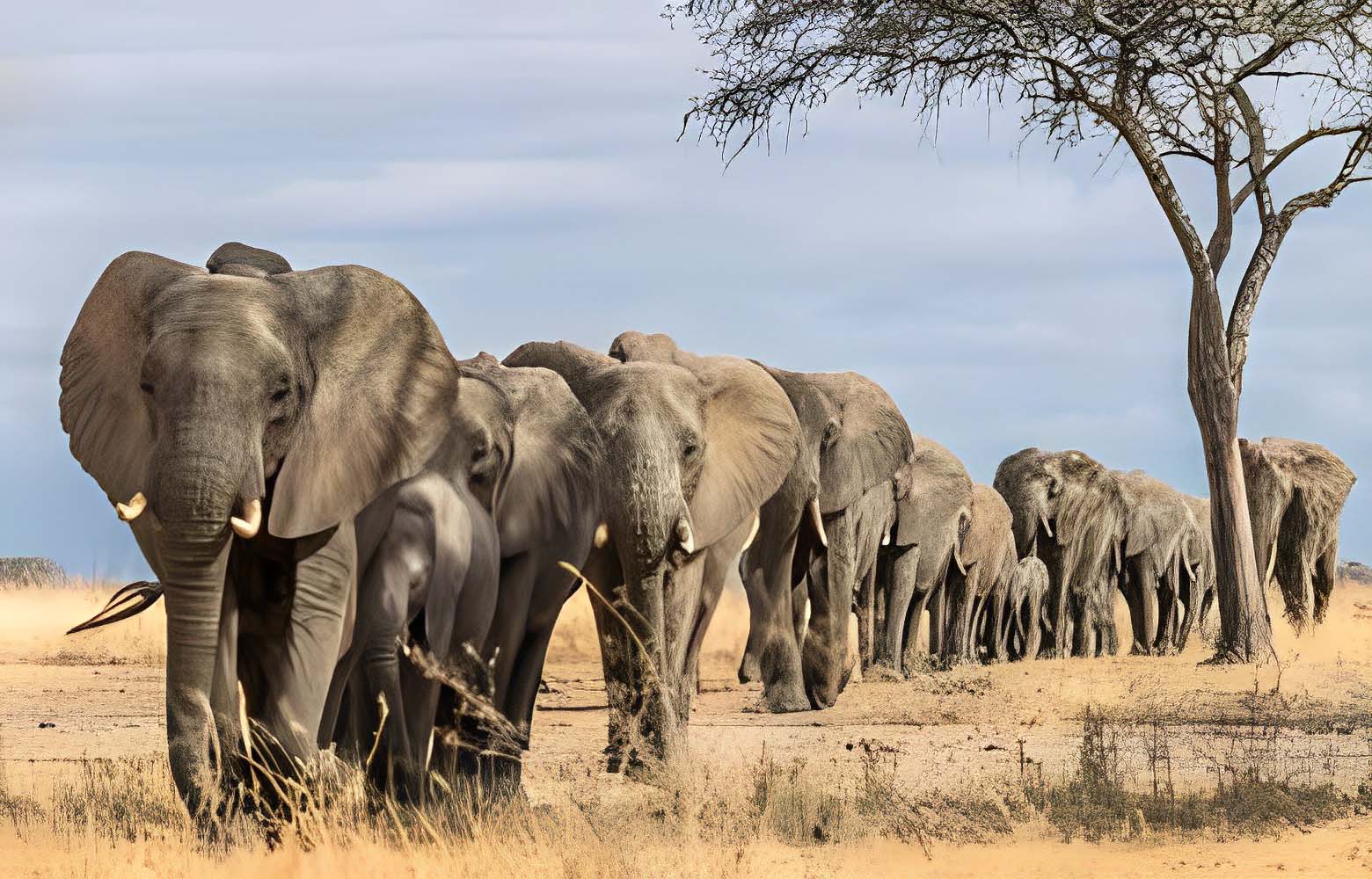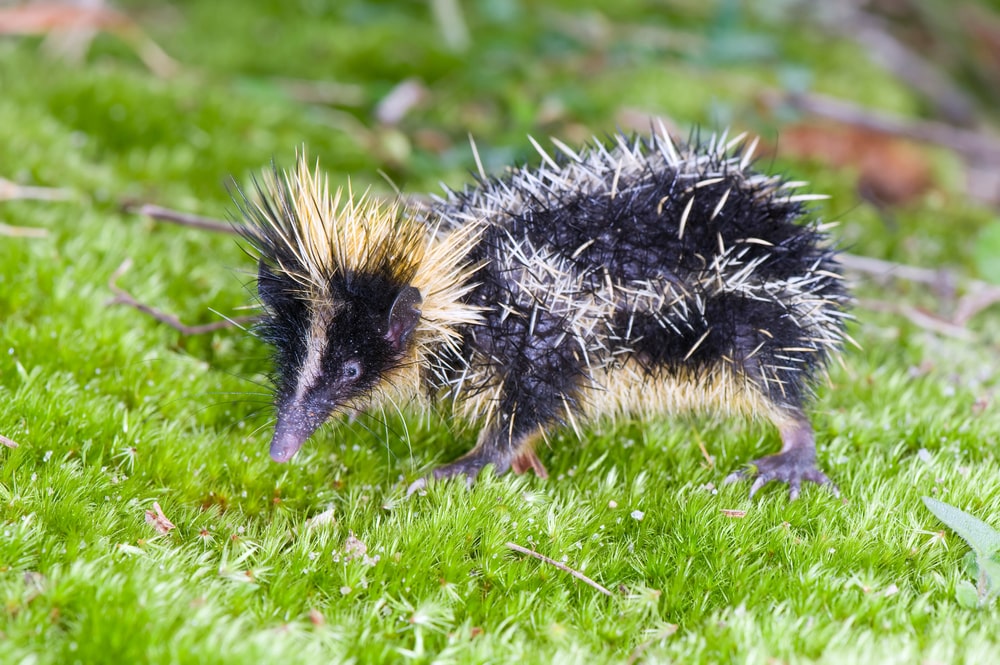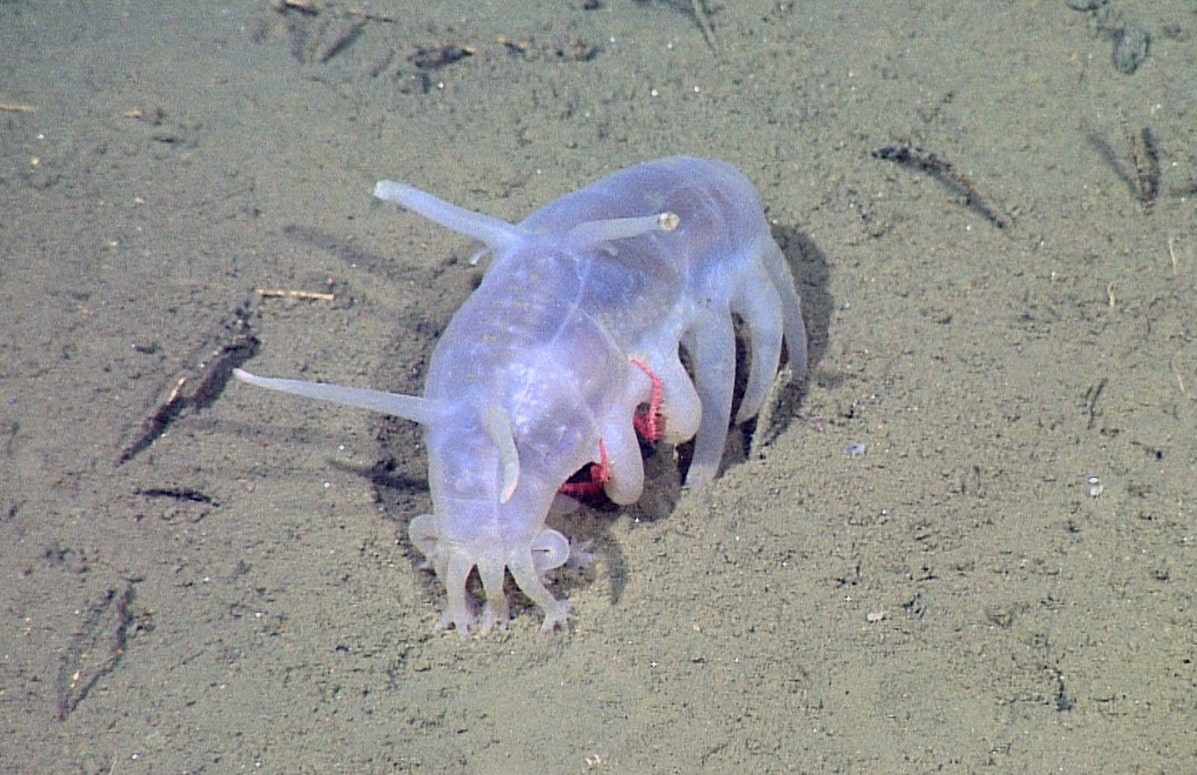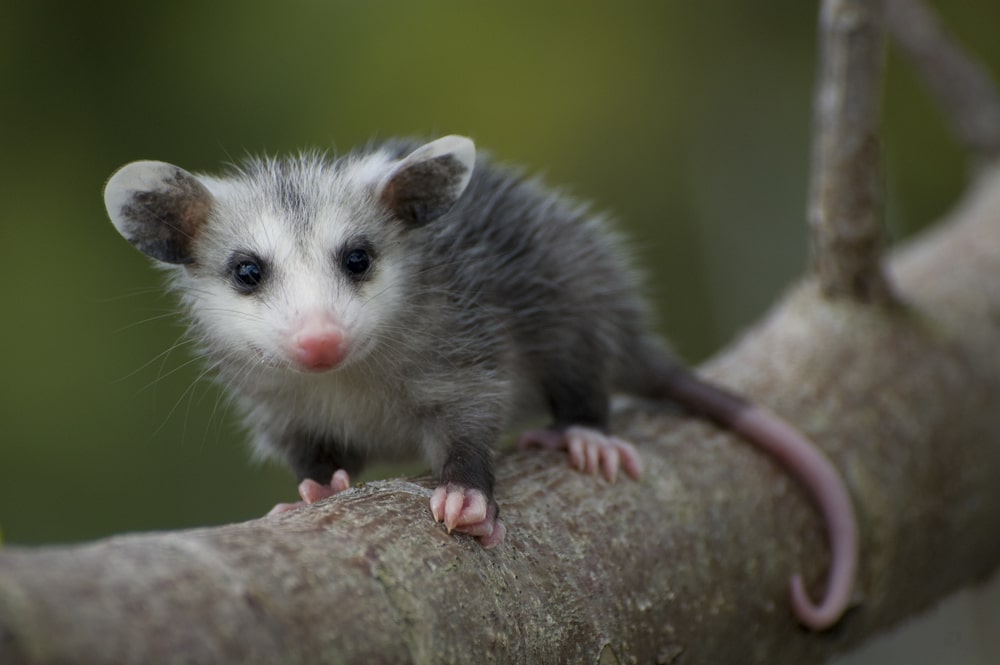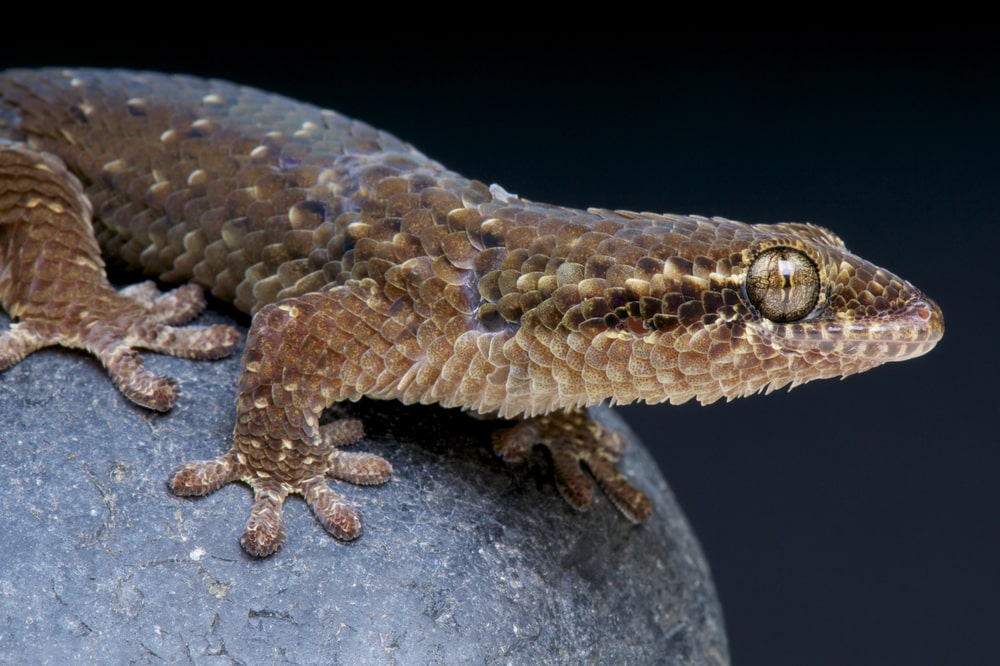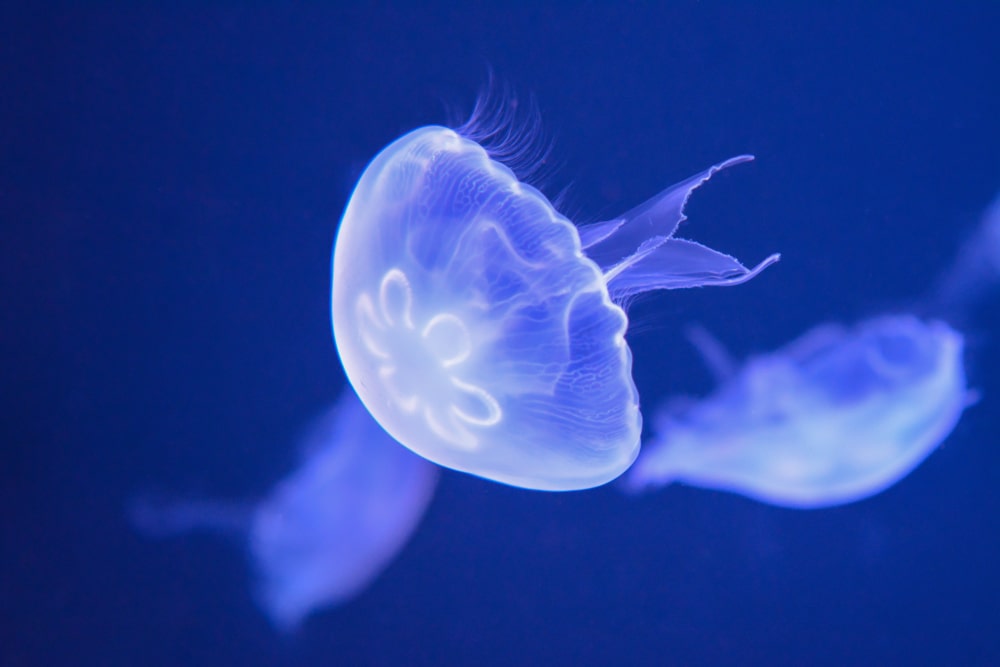Lizards, Komodo dragons, Chameleon & Iguana Lizard facts
Lizards are famous reptiles these creatures are found all over the world, and you know they live on every continent except for cold Antarctica. These lizards are available in almost all kind of sizes, from just over a centimeter to more than 10 feet or 3 meters in length. Some lizard species are also noted for peculiar adaptations and abilities. Lizards appear in a variety of shapes and colors, and have adapted to survive in a wide mix of habitats, from deserts, forests, grasslands, jungles, and coastlines. Some species of these lizards are somehow kept as the pets.
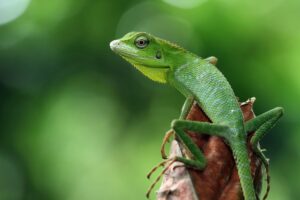
Lizard Species
Whatever the type, lizards are fascinating creatures with their own place in the world. There are over 6,000 species of lizards on earth, including well known types such as chameleons, iguanas, and geckos. Like most reptiles, lizards are usually cold-blooded, and They keep their body temperature in check by observing their surroundings. With four strong legs tipped with claws, scaled skin, and a tail, lizards are easy to pick out. As reptiles, most lizards lay eggs, although as many as twenty percent of lizard species may give birth to live young.
Unlike the eggs of birds, lizard eggs have flexible, leathery shells. These soft shells lose more water than birds’ eggs, and so the mother lizard will lay her eggs somewhere moist to prevent them from drying out. It can take anywhere from a few weeks to 18 months for lizard eggs to hatch, depending on species, and while some species of lizards will guard their eggs, others will abandon them as soon as they are laid. For these lizards, when the hatchlings emerge, they are on their own.
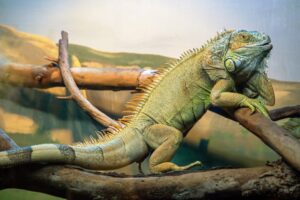
Iguana lizards
Lizards are generally carnivorous, typically feeding on insects and small animals, but many are also opportunistic eaters, meaning they will eat whatever food is available to them. One lizard that is the exception to this rule is the iguana. Iguanas are gigantic lizards belong to the Central and the South America states. Some specimens have achieved sizes of more than 6 feet or 2 meters, with weights above 20 pounds or 9 kilograms.
There are 35 different species of iguana, and they can come in many different colors such as blue, yellow, pink, red, and brown, but the common iguana is green. Unlike many other lizard species, iguanas are mainly herbivores. Well suited to climbing, they spend much of their lives in trees, where they have easy access to vegetation. Iguanas in the wild survive almost entirely on the leaves of trees and vines, as well as fruits and flowers. Due to their plant based diet and gentle nature, iguanas are sometimes kept as pets.
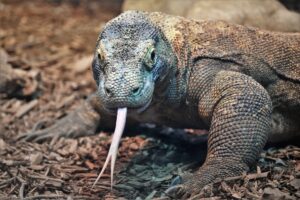
Komodo dragon
Now let’s move on to a lizard that would make a terrible pet: the Komodo dragon. Komodo dragons are the largest living species of lizard in the world, found exclusively on a few islands in Indonesia. These massive reptiles can grow up to 10 feet or 3 meters long and weigh over 150 pounds or 70 kilograms, making them a formidable presence in their native habitat. Unlike iguanas, Komodo dragons are carnivores. Young dragons will hunt snakes, insects, and birds, but by the time a Komodo dragon reaches about a meter in length, their menu changes.
They are known to hunt and kill larger prey, including deer, pigs, and even water buffalo, but they also have a taste for carrion, or the remains of dead animals. The bite of a Komodo dragon is only a fraction of the strength of something like a crocodile, but they have another advantage: venom. Scientists believe that the venom in a Komodo dragon’s bite may prevent wounds from healing, so that when they attack prey too large for them to kill outright, it will gradually die after its escape, leaving these giant lizards with a snack for later. But not all lizards can depend on size, strength, and a mouthful of venom. Some lizards… have to be more clever.
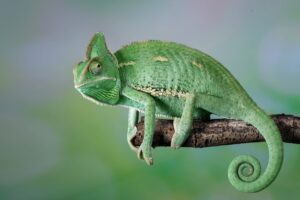
Chameleon lizards
Chameleons are a group of lizards native to Africa, Madagascar, and parts of Europe and Asia. They are best known for their ability to change the color of their skin to blend in with their surroundings, but that is far from the only trick up their sleeve. Like the Komodo dragon, chameleons are carnivores, eating mostly insects and other small animals.
With such small, fast-moving prey, they use a strategy for catching dinner that they share with frogs: they capture it with their long, sticky tongue. The tongue of a chameleon is typically about twice as long as its body, and is equipped with a sticky tip that adheres to the prey. When the chameleon extends its tongue, it shoots out at high speed, allowing it to snatch insects and other small prey in an instant. They locate their lunch with eyes that are unique in the animal kingdom.
These large, protruding eyes give chameleons 360 degree vision, allowing them to look in any direction they wish – or two different ones at the same time. Once they find something tasty, they can focus on it with both eyes to get a better look. Unlike humans or other lizards, chameleons do not have two eyelids that they can close. Instead, they have only one, shaped like a cone, with a small opening to allow light to reach the pupil.
Their peculiar eyelids mean that chameleons cannot blink, although they do have a thin membrane that they can use to like an extra eyelid to clean and moisturize their eyes. Whether they are large or small, lizards play important roles in the ecosystems in which they live. Lizards are both predators and prey. They help to control the populations of insects and other small animals, and they are an important food source for larger predators, such as birds and snakes.
Lizards threats
Despite their widespread distribution and importance in the ecosystem, lizards face many challenges. Habitat loss, climate change, and human interference are all threats to lizards, with many species being endangered or threatened. Conservation efforts are underway to protect them and their habitats. It is important for us to understand and appreciate the value of lizards in the natural world, and to work to protect these fascinating and diverse animals.
